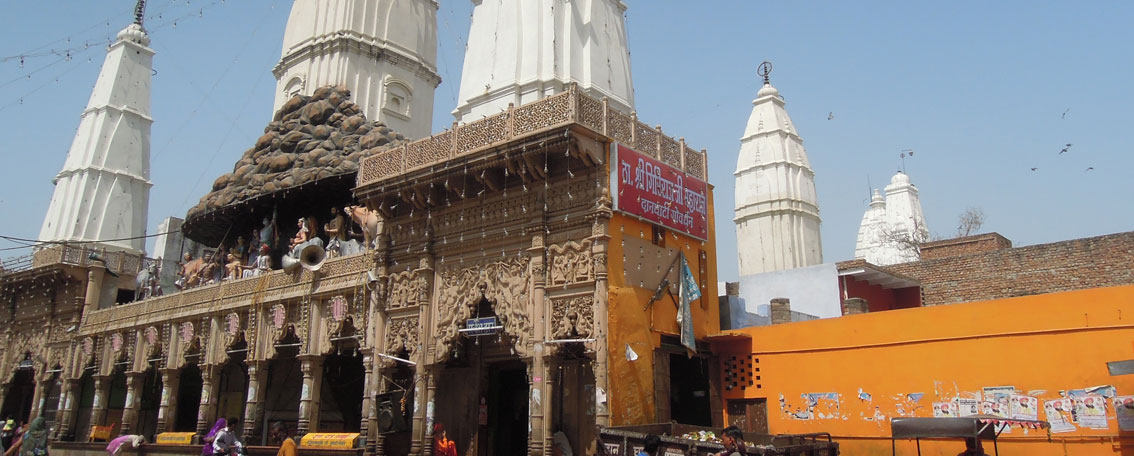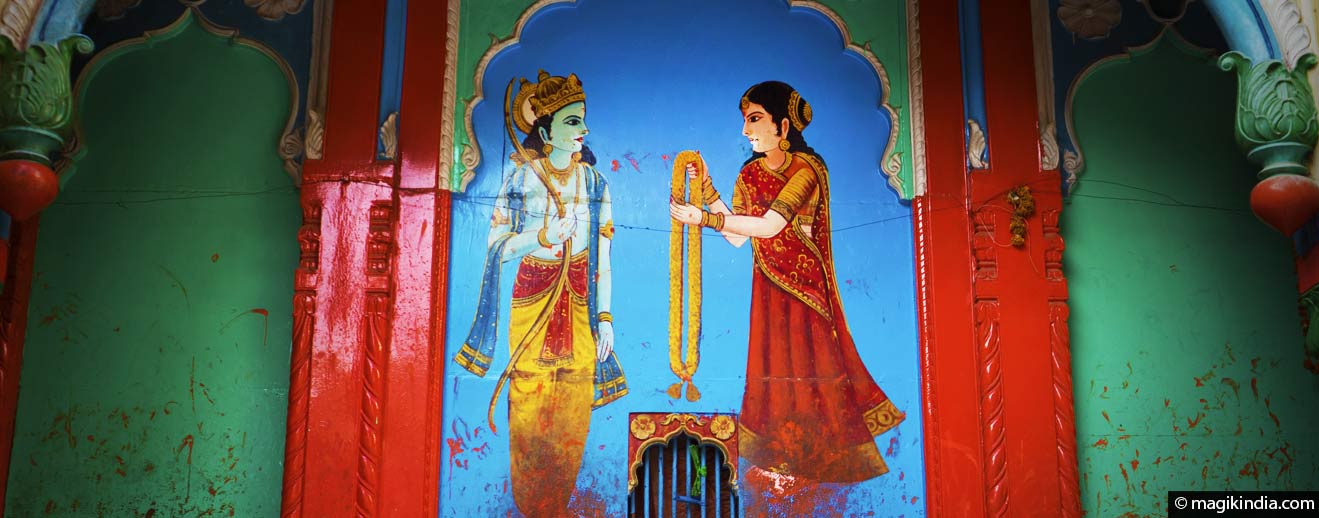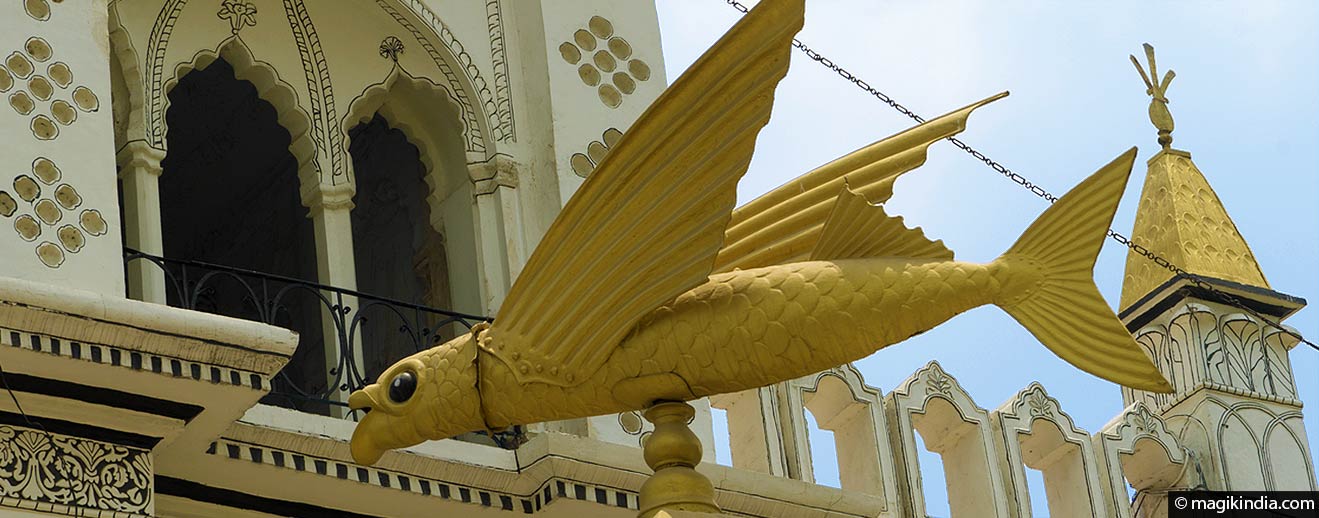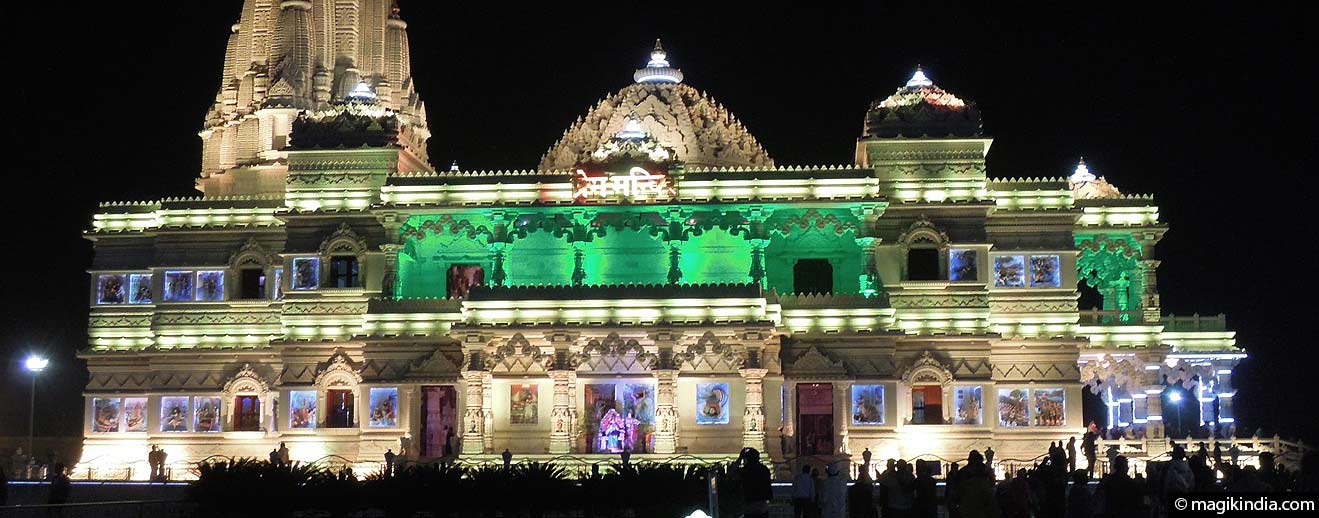
Allahabad, Prayaga, the place of offerings
Legend has it that the god Brahma named Allahabad “Tirth Raj” or “king of pilgrimage centres”. It is here that the incredible Kumbha Mela is held gathering millions of devotees. “Incredible India”, the country’s official slogan, is no exaggeration here.
Triveni Sangam
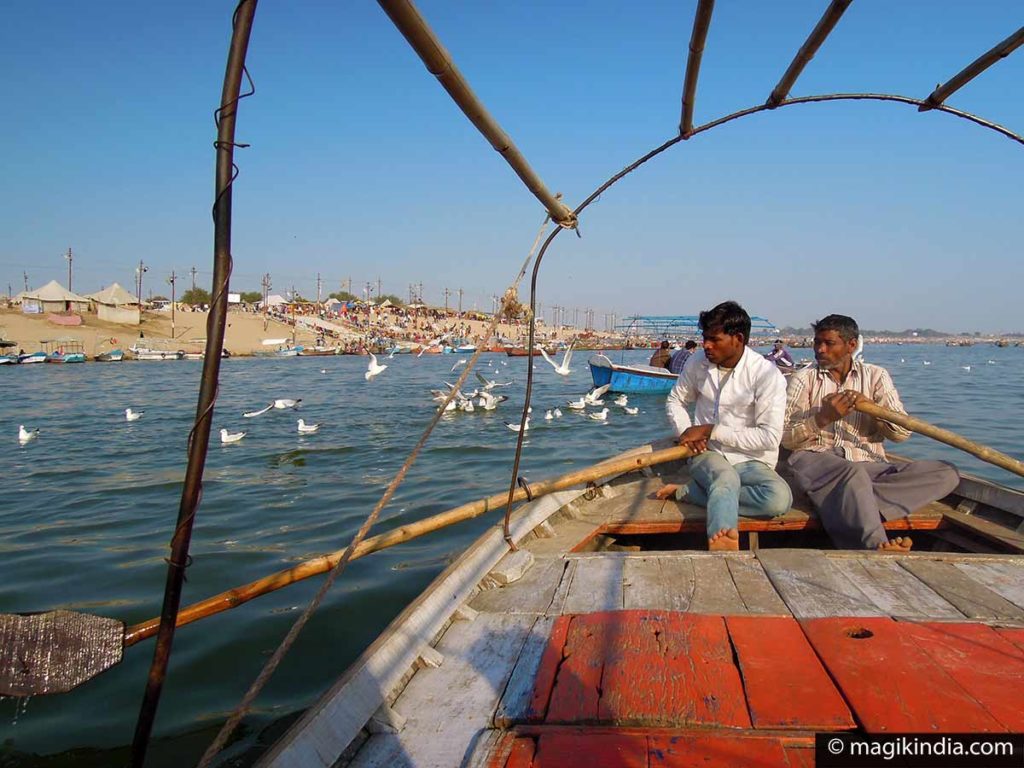
Allahabad was originally known as Prayaga, “place of offerings”. It was later renamed Allahabad, the city of Allah, during the reign of the Mughal Emperor Akbar.
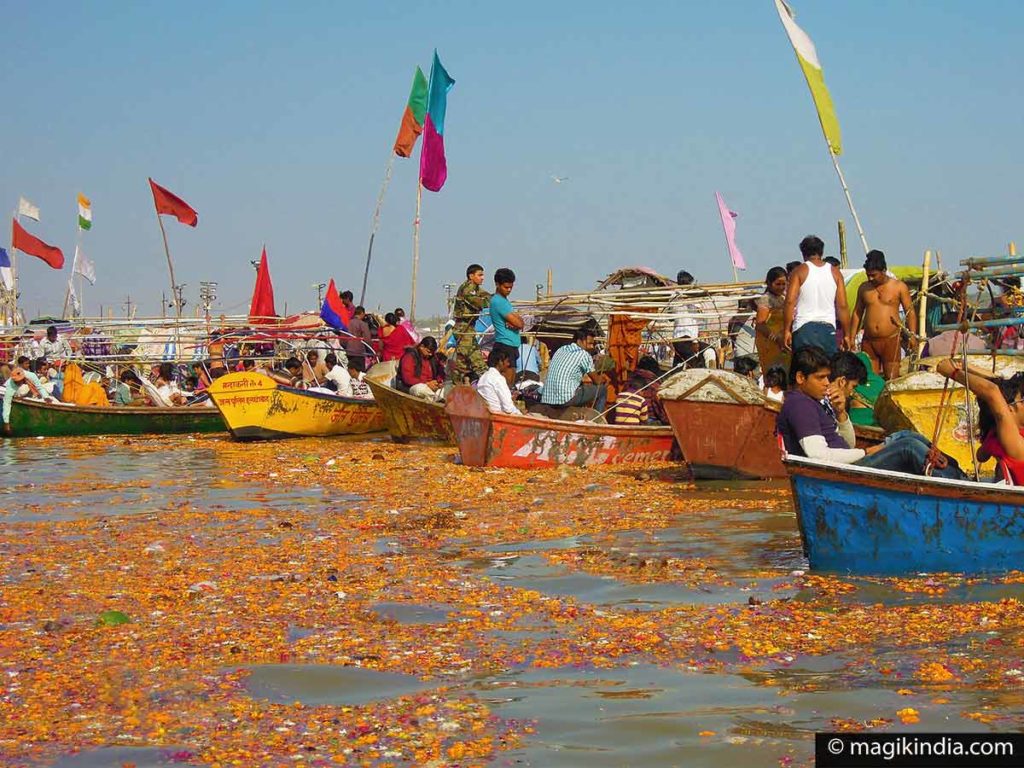
Hindu mythology tells that Brahma, the creator of the universe, was looking for a place on earth to practice a Prakrishta Yajna (fire offerings). It had to be at the point of confluence of three sacred rivers. In Allahabad, the Ganges, Yamuna and Saraswati meet (the Saraswati is not visible, but legend has it that it flows underground). It is at the Triveni Sangam that pilgrims do their ritual bathing.
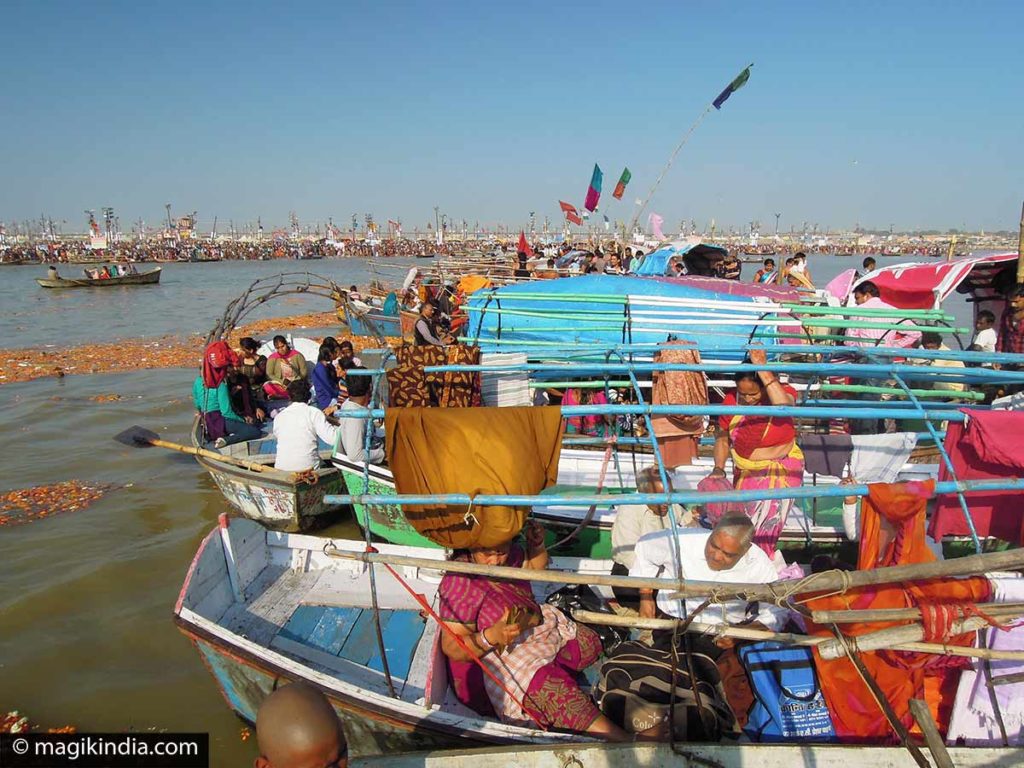
The Kumbh Mela in Allahabad
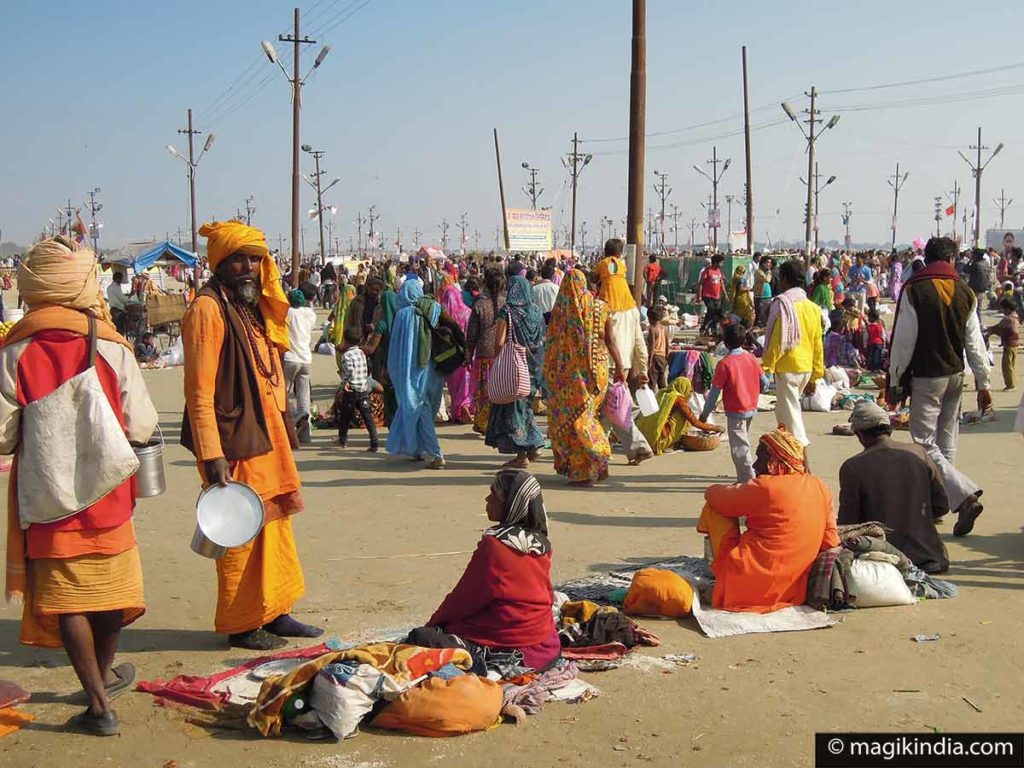
Allahabad hosts a spectacular event: the Kumbh Mela. Literally translated as “the feast of the pitcher”, the Kumbh Mela is a one and a half month pilgrimage during which millions of Hindus gather around a sacred river. This great “fair” is considered to be the biggest spiritual gathering in the world. No less than 80 million people gathered during the Maha Kumbh Mela 2013 in Allahabad!
The Kumbha Mela pilgrimage is held every three years, alternating between Haridwar, Allahabad, Nashik and Ujjain, so that its takes place in each town once every 12 years. But every six years Haridwar and Allahabad host an Ardha Kumbh Mela (half Kumbha Mela) and Allahabad also hosts the Magh Mela every year in January.

Allahabad Fort
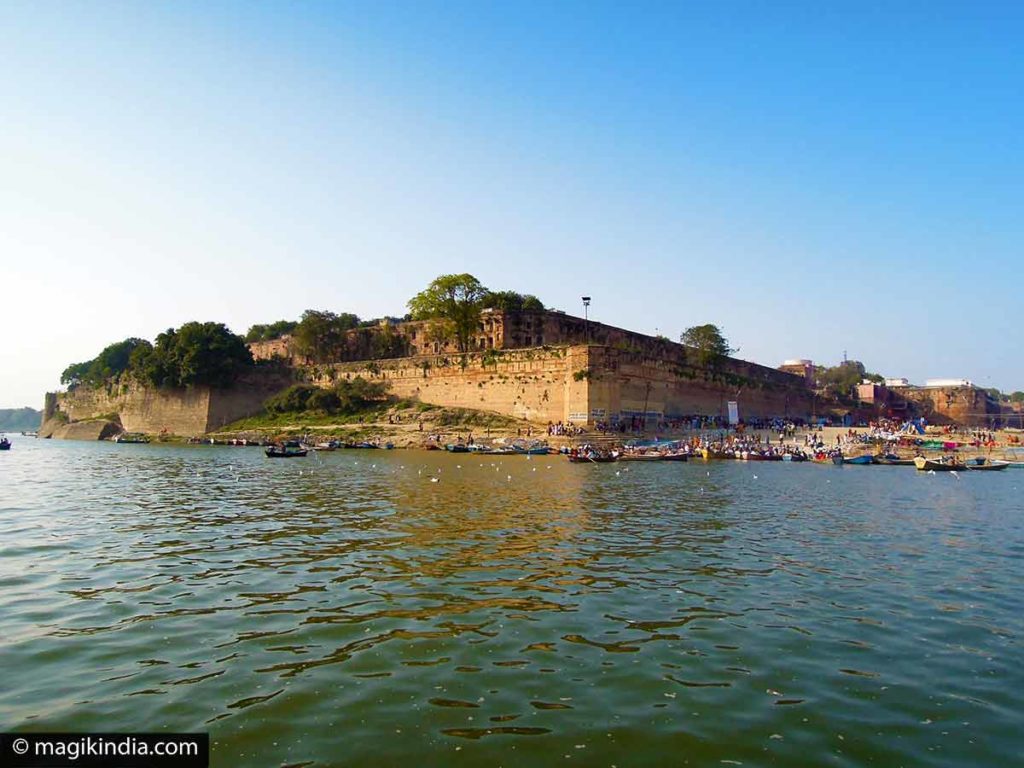
Situated on the banks of the Yamuna, the fort of Allahabad, whose outer wall is still intact, was built by the Mughal emperor Akbar in 1583. He named it “Illahabas” (“blessed by God”), which will become later “Allahabad”, hence the name of the city.
At present, the fort is occupied by the Indian army and only a tiny part of it is opened to the public. Visitors can see the Ashoka Pillar there, measuring over 10 meters high and dating to 232 BC. J-C. There are several ancient inscriptions on it including on in Persian from the Emperor Jahangir, which commemorates his accession to the throne.
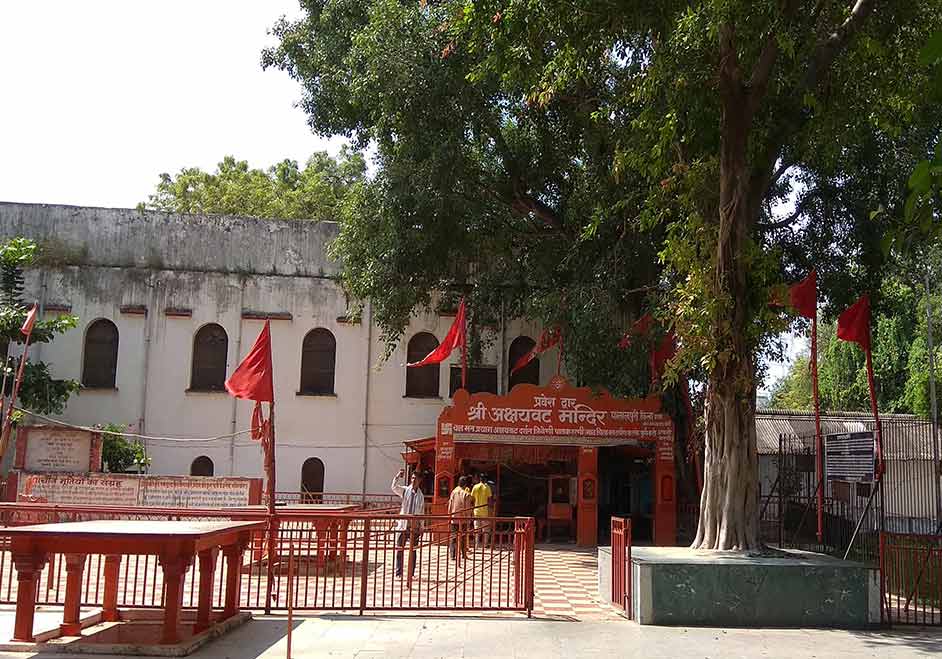
The fort also houses the underground temple of Patalpuri that is said to have been visited by Hiuen Tsang, a famous Chinese traveler and writer.
Just outside the temple is the much revered “Akshaya Wat” or the immortal banyan tree. The roots of this fig tree form one of the underground sanctuaries of the temple.
Legend has it that when Lord Vishnu flooded the entire universe to show his divine power to sage Markandeya, the tree of Akshaya Wat was the only thing on earth that remained above the water level.
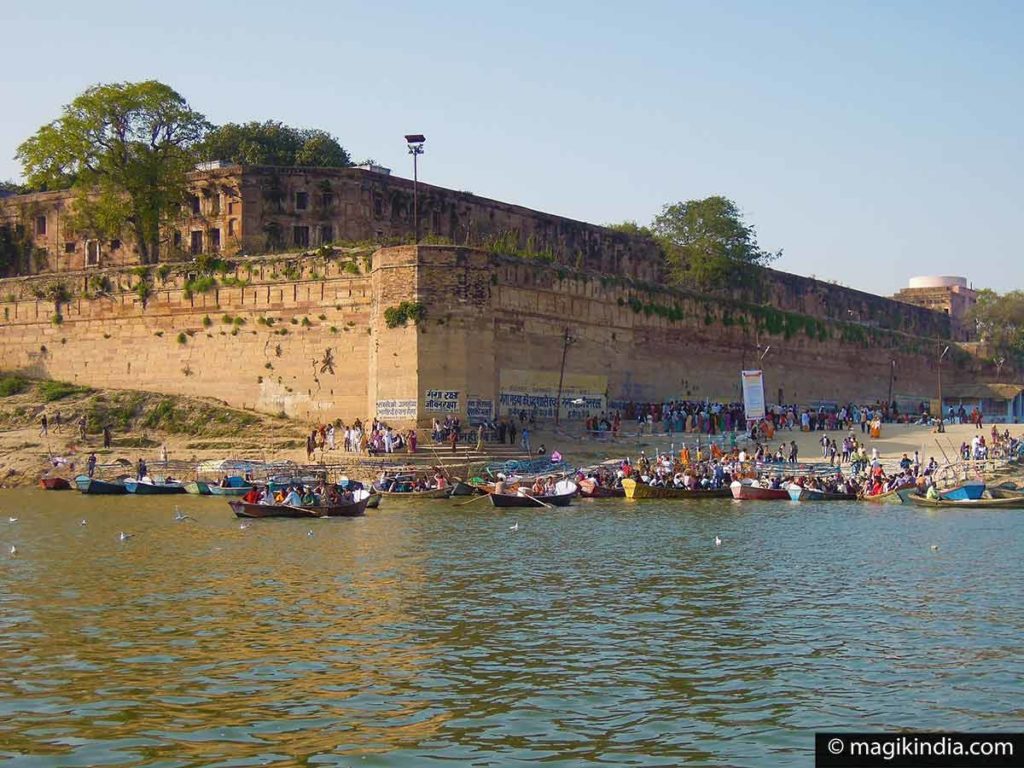
Hanuman Temple
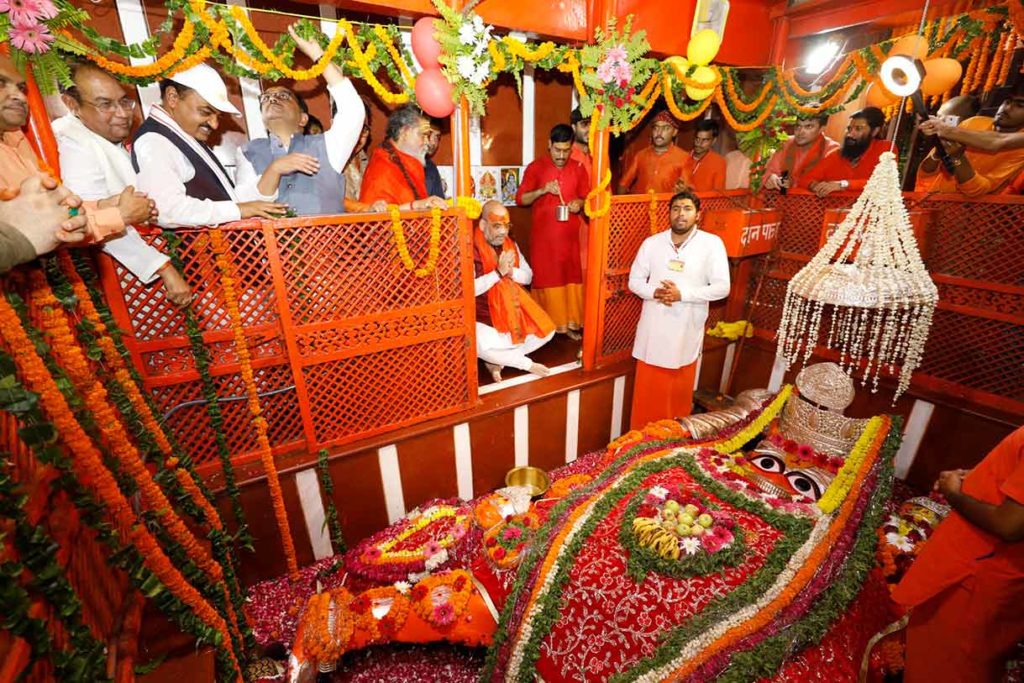
Not far from the fort of Allahabad, travelers should not fail to visit the impressive temple of Hanuman, the monkey-god of the Hindu pantheon, a symbol of devotion. This huge statue of 6 meters long in a reclining position is submerged by the water of the Ganges during the heavy rains of monsoon. It is then said that Mother Ganga comes to touch the feet of Lord Hanuman to obtain his blessings.
Anand Bhavan
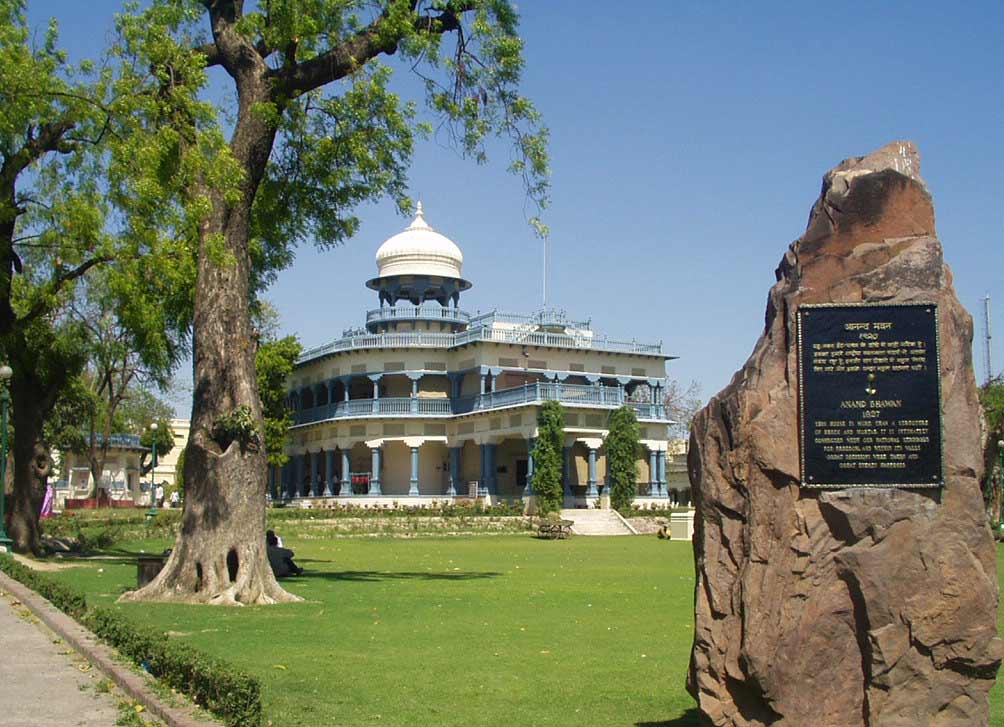
The Anand Bhavan is the former home of the politician Motilal Nehru’s family acquired in the 1930s. The two-story colonnaded building has now been converted into a museum dedicated to the Nehru family and also exhibits various objects, photos and articles retracing the important moments of the independence movement of India. Apart from its historical aspect, the sophisticated architecture of the place and its refined interiors are in themselves worth a visit.
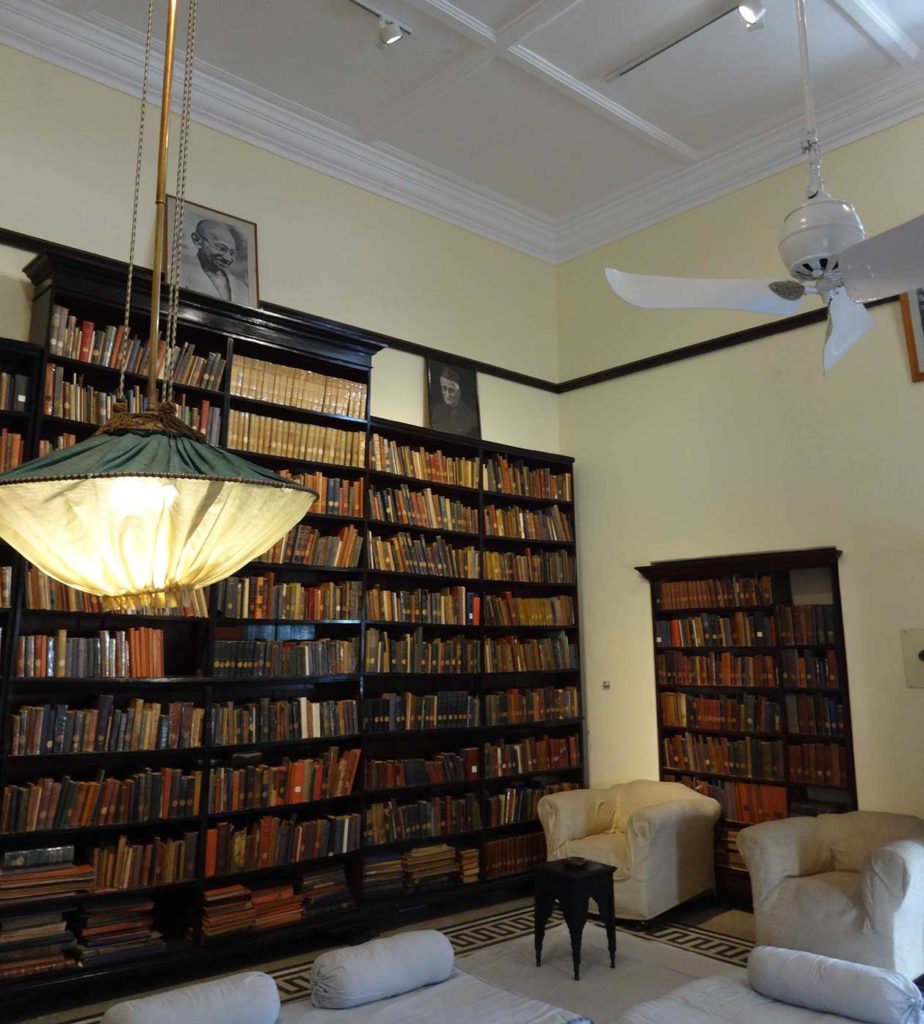
Khusro Bagh
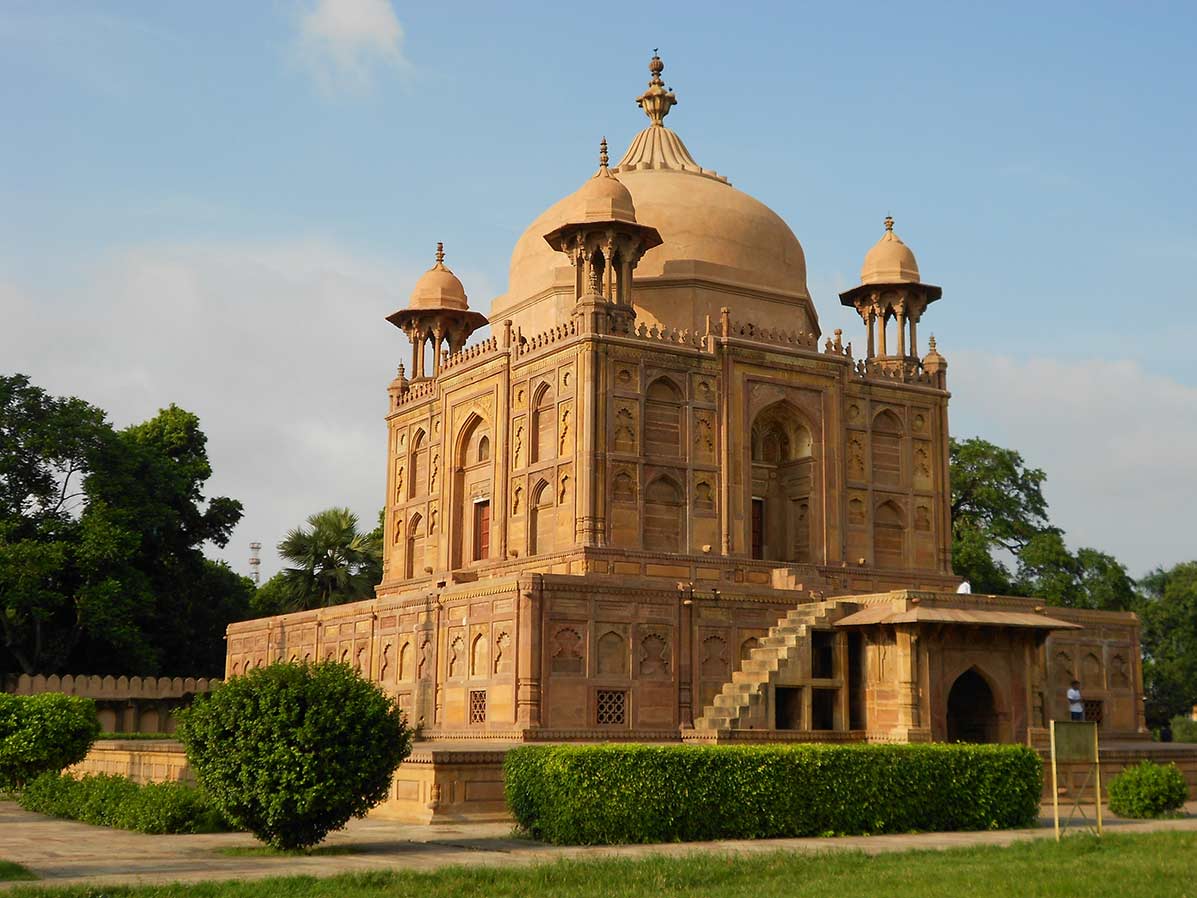
Twenty minutes, as the crow flies, from the Anand Bhavan, you can stroll in the Khusro garden, which boasts three mausoleums, that of Khusro Mirza, the eldest son of Emperor Jahangir, who gave his name to the garden, that of Shah Begum, Jahangir’s first wife, and that of Jahangir’s daughter, Nithar Begum. The monuments are fine examples of Mughal architecture with richly decorated octagonal domes and facades carved in yellow sandstone.
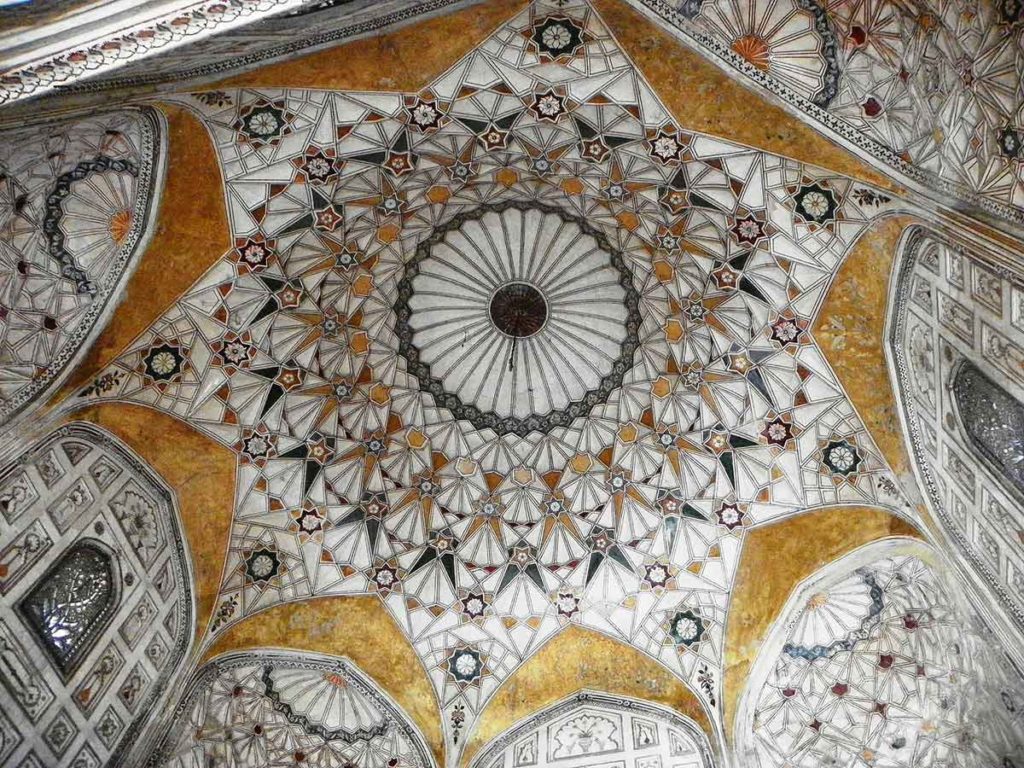
All Saints’ Allahabad Cathedral
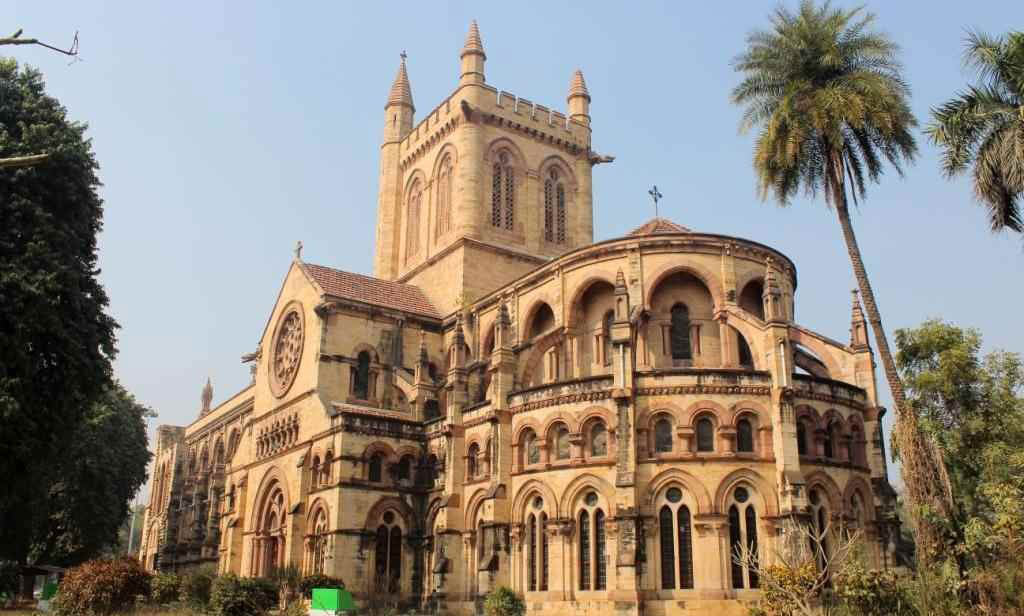
Another important building in Allahabad is the All Saints’ Cathedral. Its neo-Gothic architecture was designed in 1871 during the British Raj by Sir William Emerson, who is also the architecte of the Victoria Memorial in Kolkata. In the choir, we will notice its beautiful stained glass windows in perfect condition.

